Quarterly Investment Update – 4th Quarter 2013
QUARTERLY INVESTMENT UPDATE
4 TH
QUARTER 2013
January 2, 2014
Dear Friends and Clients,
We hope everyone had a great holiday spending time with family as well as to reflect back on 2013 and look forward to 2014. A recent headline in our local newspaper read “stock predictions for 2014: Stay on top of news”. The person who wrote the article, Steve Rothwell, said that in 2013, investors who blocked out the scary headlines about a possible government default, budget cuts, and concerns about when the Federal Reserve would begin to scale back tis stimulus did great. Even though we did not block out these headlines, we would still like to think that we were some of those investors that he was referring to.
The economy was not robust, but it was not weak either. Earnings grew, even if companies achieved them by cutting costs rather than increasing revenue. Furthermore, the Fed gave the market a year-end bonus by keeping short0term borrowing costs near zero, even after dialing back its program to hold won longer-term rates. For the year ended December 31, 2013, the benchmark, Standard & Poor’s 500 indexes closed up over 32% (with reinvested dividends). By any measure, that was an amazing year for the U.S. stock market. However, where will we earn the best profits in 2014 and beyond? The long term record suggests that stocks can advance further in 2014, particularly with the Federal Reserve clinging to an ultra-easy monetary policy. However, the risk of a sizable setback is greater than most investors currently perceive. A clumsy move by the Fed or a geo-political shock, such as confrontation with China over its offshore territorial claims, could cause the major U.S. market indexes to shed 15%-20% very quickly.
As far as our investment strategy is concerned, we continue to maintain our standard two-pronged strategy, which is to maintain a substantial exposure to common stocks (and mutual funds) as long as there is a reasonable prospect for double-digit returns. Furthermore, we will continue to take profits more frequently so that we could gradually increase our weighting in cash as well as the fixed income portion of our portfolios. During the quarter, we continue to maintain an average asset allocation mix of 45% – 50% Equity, 45% – 50% Fixed Income and 0% – 10% cash for most of the portfolios.
In the Fixed Income area, we have been very busy during the fourth quarter buying preferred stocks, REITs, and Energy Stocks. We feel that these asset classes have some of the best value zones in the entire fixed-income universe. Preferred stocks offer dramatically higher yields than Treasury paper. As most of you are well aware, current Treasury yields, with eh 10-year note at around 3%, are too low and are destined to climb over the long-term. In contrast, investment-grade preferred issues by banks, insurance companies and REIT’s are currently paying 6%-7%. That is essentially the same yield these instruments were earning back in 2004 and 2005, when the 10 year Treasury yield was over 4%. As a result, today’s abnormally wide spread between preferred stocks and Treasuries already builds in a significant cushion against a potential rise in Treasury yields. Also, thanks to their high yields, preferred stocks can help insulate our portfolios from stock market corrections.
It may take several more years before the Federal Reserve’s aggressive money pumping, dating back to 2008, ignites an inflationary economic boom. Long before that happens, though we would want to own plenty of investments that adjust upward in value along with the cost of living. Tangible assets like real estate that generate income have the affect of unlocking part of your investment every year in the form of dividend distributions. Also, since the income produced by real estate tends to rise with inflation, the value of the underlying property also rises over time. Since May 2013, REITs have undergone a severe “correction”, while maintain their dividend distributions. If the economy is truly improving, as optimists insist, landlords will be able to raise rents at a faster pace than before. REITs’ cash flow will increase, ultimately making the share more valuable.
As far as new positions for the quarter, we purchased the following Financial Preferred: Bank of New York Mellon series C(BK+C), J.P. Morgan Chase Series O (JPM+D), State Street Corp, Series C (STT+C), and Wells Fargo Corp, Series O (WFC+O). We also purchased the following two REIT Preferred, in addition to Public Storage Series V (PSA+V), which we already owned: Kimco realty Series J (KIM+P) and Realty Income Corp. Series F (O+F). we also purchased two new positions in the Real Estate sector with The Vanguard REIT index ETF (VNQ) and Ventas Inc. (VTR). With the Federal Reserve working overtime to dilute the purchasing power of the dollars, it makes sense to won land and investment trusts (REITs). We also purchased Enbridge Energy Management (EEQ), Kinder Morgan Management, LLC (KMR),and Conagra Foods, Inc. (CAG). As far as sales for the quarter, we sold positions in Enerplus (ERF), Emerson Electric (EMR), Washington Real Estate Investment Trust (WRE) and McGraw Hill Printing (MHG).
As far as Equity side of our portfolios, we added two new positions in real estate and energy with Henderson Land Development (HDLC) and Murphy Oil Corp Holdings (MUR). We sold our entire positions in DeLL, Inc. (DELL), Quicksilver Resources (KWK), Lamar Advertising (LAMR), SLM Corporation (SLM) and Masco Corp (MAS).
We want to thank all of you for giving our firm the opportunity to serve you. We thank you very much for trust and confidence you have placed in our firm as it is always appreciated. Please contact me should you have any questions or comments. Also, we want to invite you to visit our website at www.farmandcpa.com for a quick Retirement Calculator, our latest firm news, and Market Commentary archives.

